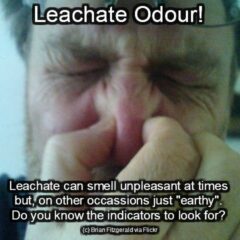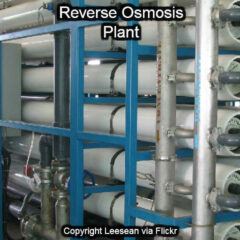circumstances
The 3 Most Important Leachate Indicator Parameters
There are three very important leachate indicator parameters which are used as indicators to identify leachate contamination in any water sample analysed in a water quality laboratory. These three parameters can give an initial guide to anyone investigating what appears to be pollution occurring in the vicinity of a landfill, as to whether the source […]
Air Ammonia Stripping
Air Ammonia Stripping is a leachate treatment process which is now largely outdated and seldom used. During the 1980s in the United Kingdom it was seen as a potential physico-chemical leachate treatment process which would be suitable for the treatment of leachate from sanitary (lined and capped) landfills, however, although a number of pilot scale […]
What is the Drainable Porosity of a Landfill?
When designing any leachate management system the assessment of the most economic method for leachate treatment and disposal is heavily dependent upon the flow rate and duration of flow. A high capital cost option such as on site leachate treatment will be worthwhile, but only if the total volume the plant treats daily is sustained […]

